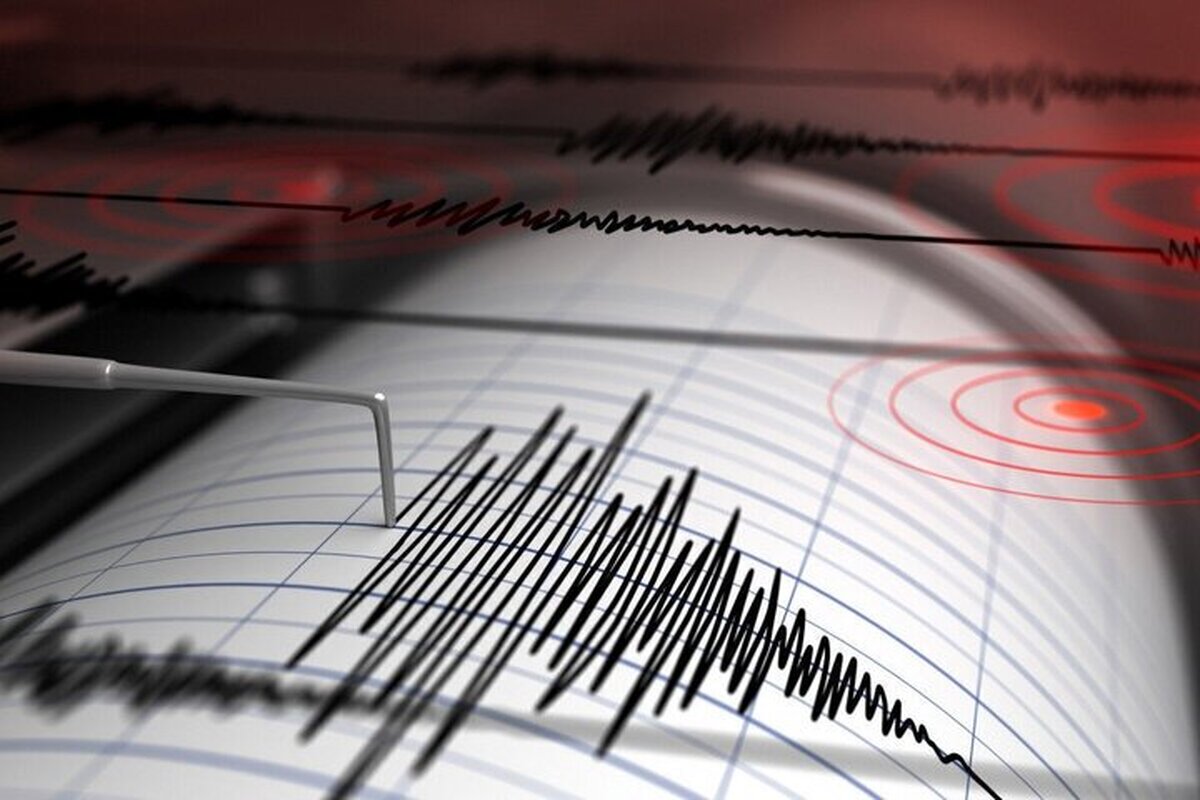
Tehran, Isfahan Host Russian Trade Mission
EghtesadOnline: The Second Iran-North Caucasus Business Conference opened in the Iranian capital city, Tehran, on Sunday.
Russian Minister for North Caucasus Affairs Sergey Chebotarev and Iran's Energy Minister Reza Ardakanian attended the conference.
Also on Sunday, the 15th Iran-Russia Economic Commission convened in Tehran in the presence of the commission’s secretaries and members of working groups.
The third working group for the promotion of provincial cooperation between the two countries will be held in Tehran on Monday in the presence of Iran’s and North Caucasus’ energy ministers as well as other high-ranking officials, Financial Tribune reported.
The closing ceremony of the joint economic commission will be held in Isfahan on Tuesday.
Several joint projects, including the launch of cargo flights between Zhukovsky and Isfahan, cargo wagon, turbine and heavy vehicle production, as well as meat export from North Caucasus to Iran will be discussed during the commission’s meeting.
The North Caucasus or Ciscaucasia is the northern part of the Russian Caucasus region between the Sea of Azov and Black Sea on the west and Caspian Sea on the east.
Geographically, the Northern Caucasus (territory north of the Greater Caucasus Range) includes the Russian republics and krais of North Caucasus.
As part of the Russian Federation, the Northern Caucasus region consists of the constituent republics, approximately from west to east: the Republic of Adygea, Karachay–Cherkessia, Kabardino-Balkaria, North Ossetia–Alania, Ingushetia, Chechnya, and the Republic of Dagestan.
The North Caucasus has a population of about 10 million or 7% of Russia’s total population. The North Caucasus region has considerable potential for cooperation with Iran in the fields of agriculture especially grains, lab-grown meat, construction, machine manufacture, energy and colored metals, IRIB News reported.
Interim Agreement With EEU
Referring to the interim agreement between Iran and the Eurasian Economic union for the former’s inclusion into the bloc, Iran's Energy Minister Reza Ardakanian said more than 800 types of merchandise will be entitled to reduced trade tariffs as part of the deal.
Iran and EEU are looking to substantially increase trade, as the two sides signed a three-year provisional agreement on May 17, 2018, for the bloc to welcome Iran into EEU.
The arrangement is the first step in implementing free trade between Iran and five members of the union. It will lower or abolish customs duties, setting off a three-year process for a permanent trade agreement.
According to Armenia’s Minister of Economy Tigran Khachatryan, the agreement has been ratified by all five members of EEU.
Iran's parliamentarians approved the bill that would see the creation of a free trade zone between Iran and EEU member states last week.
"The Iran-EEU agreement can give a good boost to cooperation and trade facilitation in the region," Ardakanian was quoted as saying by IRNA.
EEU is an international economic union comprising countries located in central and northern Asia and Eastern Europe. The founding member states, namely Belarus, Kazakhstan and Russia, established the union by treaty that entered into force on Jan. 1, 2015.
The bloc was created in part in response to the economic and political influence of the European Union and other western countries. Its key objectives include increasing cooperation and economic competitiveness for member states and promote stable development to raise the standards of living in member states.
Russia’s Minister for North Caucasus Affairs Sergey Chebotarev said in a joint press conference with Ardakanian on the sidelines of the Sunday event that North Caucasus seeks to strengthen its tourism ties with Iran.
"In the agriculture sector, we are interested in exporting red meat and grains to Iran. In return, we can import miscellaneous Iranian crops, especially fruits into the North Caucasus region," he was quoted by Energy Ministry's news portal as saying.
Russia’s Ministry of Industry and Trade has said a full-fledged agreement on a free trade zone between Iran and EEU will be concluded by early 2022. According to the ministry, the interim agreement signed in May covers 50% of trade between the two parties.
As per the terms of the deal, Iran, which is not a member of World Trade Organization, will assume obligations stipulated by this organization, which will make its trade with EEU members more transparent and predictable.
Iran-EEU Non-Oil Trade Tops $2b
Iran traded 4.04 million tons of non-oil commodities worth $2.09 billion with the five EEU member states, namely Russia, Kazakhstan, Armenia, Kyrgyzstan and Belarus, in the last fiscal year (ended March 20, 2019), registering a 22.96% and 34.08% increase in tonnage and value respectively compared with last year’s corresponding period.
Data released by the Islamic Republic of Iran Customs Administration show Iran’s exports totaled 1.55 million tons worth $607.43 million during the year, indicating a 0.07% and 0.14% fall in tonnage and value respectively year-on-year.
Imports stood at 2.49 million tons worth $1.48 billion, up 0.53% and 0.73% in tonnage and value respectively YOY.
Iran mainly exported pistachios, kiwis, apples, tomatoes, grapes and dates to EEU countries.
In exchange, major commodities imported into Iran from EEU nations included nuclear reactor parts, barley, sunflower oil, field corn, radio navigation devices and sheep carcasses.
In terms of total trade value, Russia topped the list among EEU countries with Iran trade standing at 2.67 million tons worth $1.62 billion, up by 41.48% and 59.13% in tonnage and value respectively YOY.
Exports to Russia amounted to 499,802 tons worth $280.53 million to register a 4.07% and 4.07% decline in tonnage and value respectively YOY.
Russia was Iran’s top export destination among the countries under review and 14th in the whole world.
In return, Russia exported 2.17 million tons of commodities worth $1.34 billion to Iran, up by 59.39% and 84.52% in tonnage and value respectively YOY.
Russia was the top exporter of goods to Iran among EEU members and eighth in the world.
Major Iranian commodities exported to Russia were kiwi, tomatoes, apples and pistachios.
For its part, Russia mainly exported nuclear reactor parts, sunflower oil, field corn and barley to Iran.


